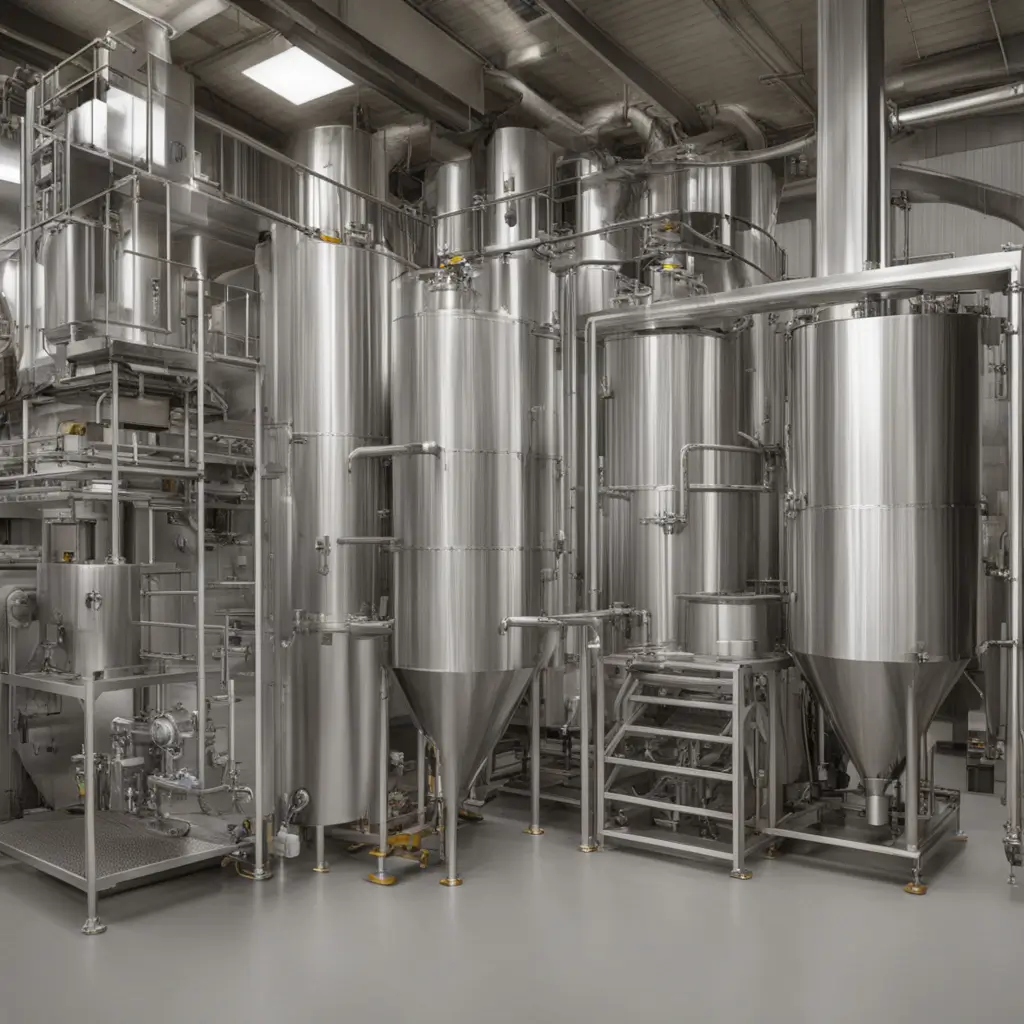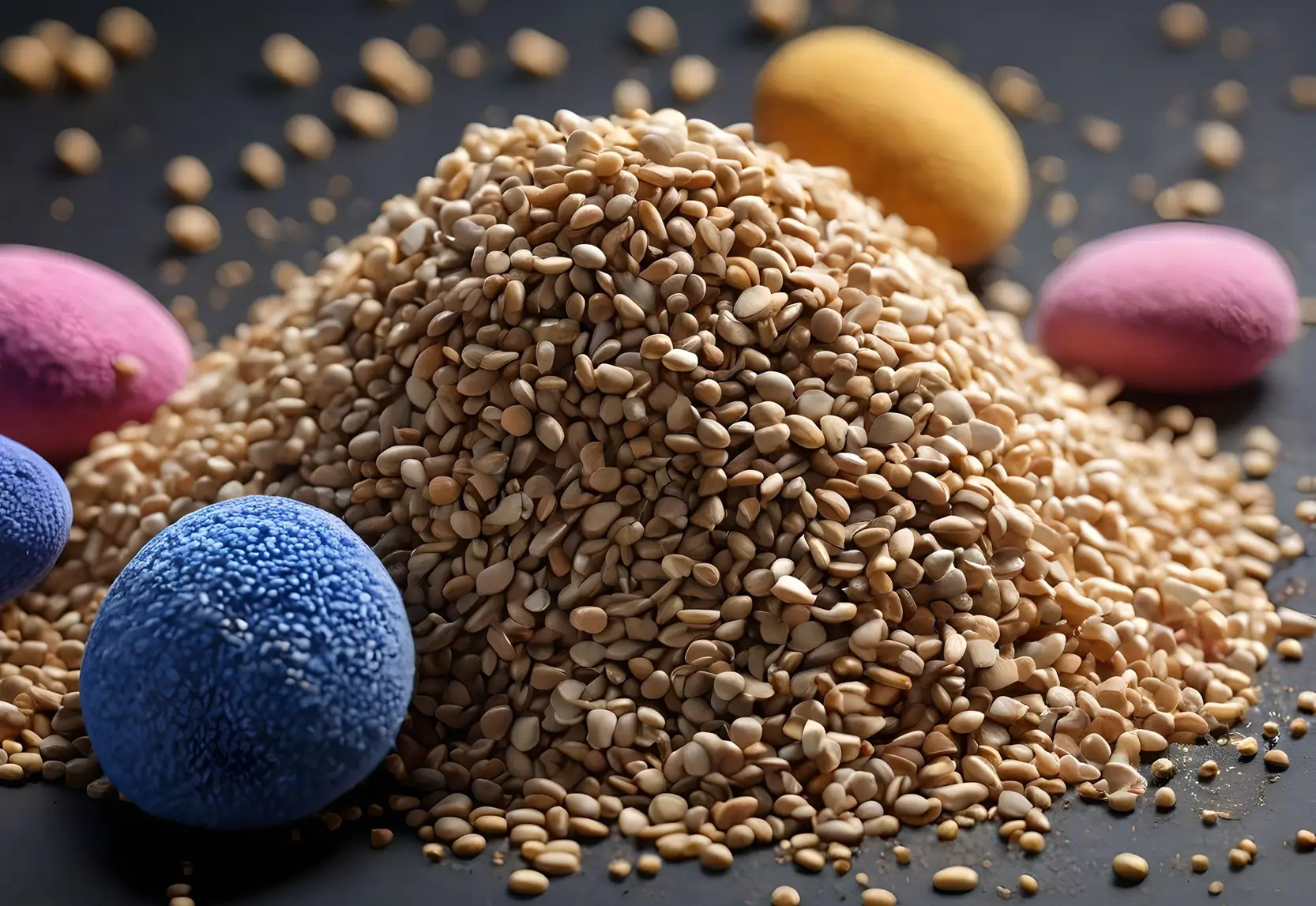Table of contents

Particle engineering plays a vital role in modern powder technology. Specifically, it shapes how powders behave, influences product performance, and ultimately determines production line efficiency. Moreover, from pharmaceuticals to food and coatings, particle design directly impacts flowability, solubility, and stability.
This article, therefore, explores why particle engineering is considered the “golden goose” of the powder industry. Subsequently, we will cover the key enabling technologies as well as the most common challenges.
What Is Particle Engineering?
Particle engineering is, first and foremost, the process of modifying solid particles. Specifically, it controls attributes such as size, shape, surface properties, and structure. Consequently, engineers leverage these modifications to improve both process performance and product quality.
Moreover, particle engineering is used to solve real-world problems. For example, it can prevent agglomeration, enhance flowability, and significantly increase the bioavailability of drugs. Additionally, it supports the design of powders that are easier to handle, store, and process.
Applications Across Industries
Particle engineering benefits a wide range of industries.
-
In pharmaceuticals, for instance, it enables the development of powders with improved absorption and controlled release profiles, ultimately enhancing therapeutic effectiveness
-
In food, it enhances texture and solubility—leading to better mouthfeel and consistent product performance
-
In cosmetics, it determines how powders feel on the skin and how smoothly they apply, contributing to user experience and product appeal
-
Even in advanced applications, such as 3D printing and battery materials, precise particle design is essential—it governs production accuracy, structural integrity, and energy efficiency, particularly through controlled porosity and morphology
So why is particle engineering deemed the industry’s “golden goose”?
Because it consistently delivers value at every stage of production. Not only does it create better-performing products, but it also reduces manufacturing costs through improved process efficiency and material optimization.
Micronization: Challenges and Solutions
Micronization reduces particles to micrometer or nanometer sizes. This boosts solubility and performance. However, smaller particles can behave unpredictably.
Fine particles often:
-
Clump due to electrostatic charge.
-
Attract moisture, becoming sticky.
-
Resist flow in feeders and hoppers.
To overcome these issues, engineers use process aids and coatings. Inert gas milling or cryogenic methods can also help. Process control tools like laser diffraction enable in-line particle size monitoring.
Why Particle Size Distribution Matters
A narrow particle size distribution ensures product consistency. It supports:
-
Even mixing.
-
Uniform dosing.
-
Stable suspensions.
-
Smooth powder flow.
Irregular distribution leads to segregation, poor compaction, and batch variation. Tools like image analysis and dynamic light scattering help maintain control.
Key Technologies in Particle Engineering
Several technologies support the goals of particle engineering. Each improves powder behavior in specific ways.
Fluid Bed Agglomeration
-
What it does: Converts fine particles into porous granules, improving flow, reducing dust, and enhancing solubility.
-
Applications: Widely used in instant beverages, detergents, and supplement powders.
-
Benefits include:
-
Better handling and lower fines generation
-
Enhanced wettability and solubility
-
Improved compressibility for tablet production
-
Spray Drying
-
Process: Transforms liquid feeds into powder via atomization and drying.
-
Control factors: Air temperature, feed rate, and nozzle parameters influence particle size, porosity, and morphology.
-
Typical use cases: Produces free-flowing powders used in food, pharmaceuticals, and chemical industries.
-
(No direct citation found—common industry knowledge)
Milling and Classification
-
Technology: Air classifying mills combine impact milling with internal classification.
-
Real-time control: Allows precise adjustment of airflow, classifier speed, and feed rate to maintain defined size distributions
Coating and Encapsulation
-
Function: Applies functional layers to particles for protection, controlled release, or taste masking.
-
Methods: Commonly uses fluidized bed coating or coacervation.
-
(No specific citation found—widely documented in powder engineering literature)
Granulation
-
Purpose: Increases particle size and mechanical integrity.
-
Equipment: Utilizes high-shear or twin-screw granulators, especially in pharmaceuticals and agriculture.
-
(No explicit citation found—standard in solid dosage processing)
Benefits of Particle Engineering
The advantages are clear:
-
Better solubility
-
Improved flowability
-
More consistent dosing
-
Higher stability and reduced segregation
-
Controlled release profiles
-
Longer shelf life due to lower hygroscopicity
These improvements enhance both product quality and production reliability.
Looking Ahead
In Part Two, we’ll explore advanced methods that drive the future of particle engineering. Expect insights on:
-
Real-time analytical tools
-
Predictive modeling
-
AI in formulation development
-
Industry case studies
Particle engineering is evolving. It’s not just about smaller particles—it’s about smarter powders.







